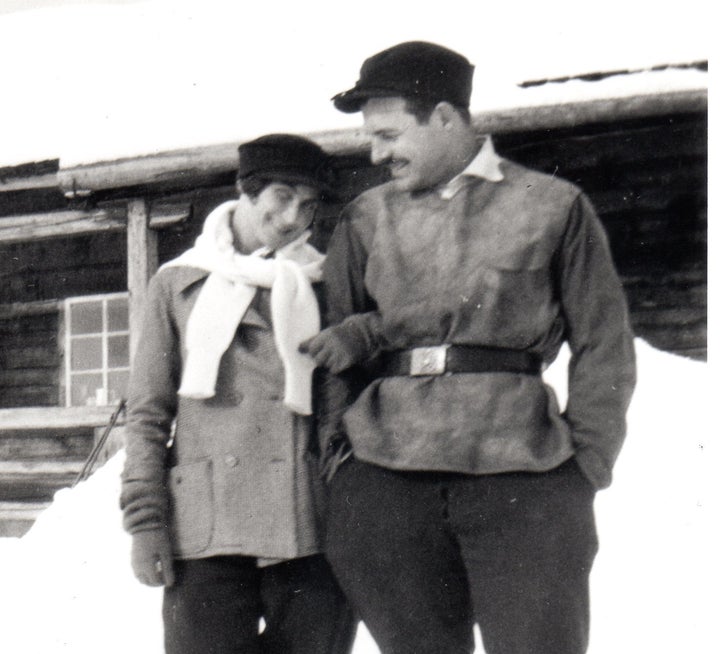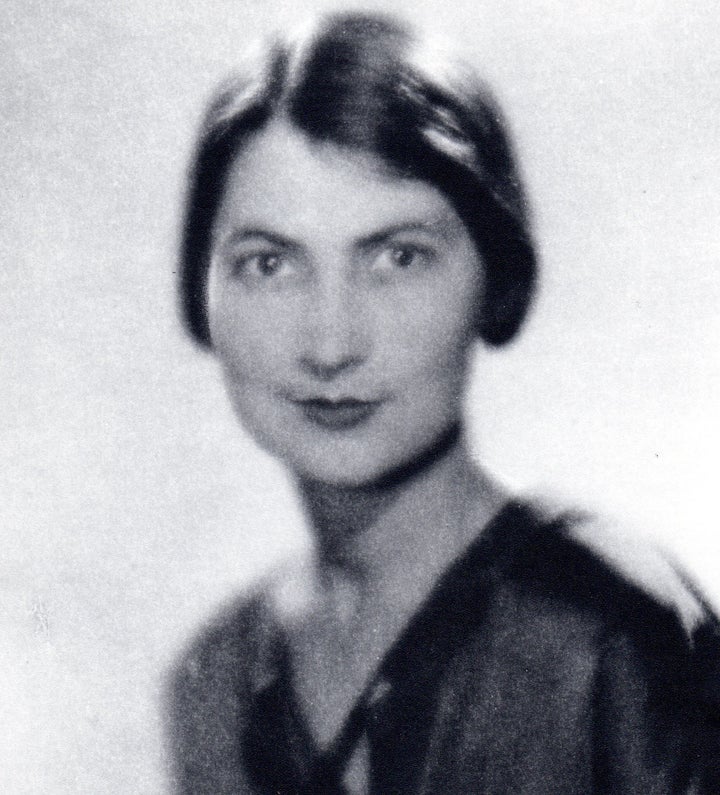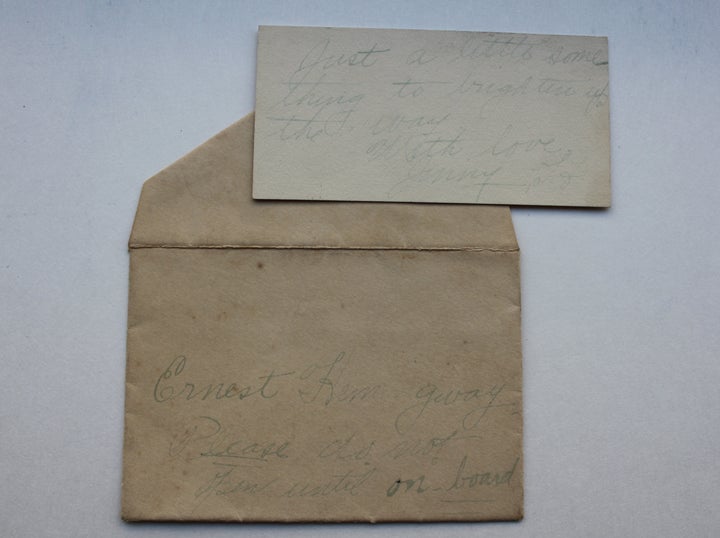
Ernest Hemingway and Virginia Pfeiffer at Schruns, Austria, winter 1925.
In 1925, Ernest Hemingway met two sisters in Paris.
They were aristocrats from Piggott, Arkansas, Pauline and Virginia “Jinny” Pfeiffer. Hemingway, who was finishing his ground-breaking novel The Sun Also Rises, was immediately taken with the sisters. Later, the author told a friend that he was more attracted to Jinny, although he liked Pauline’s stylish chipmunk coat.
“I’d like to take [Jinny] out in her sister’s coat,” he said.
Nevertheless, it was Pauline—a fashion journalist for Paris Vogue—who he began a romance with, an affair that ended his first marriage to Hadley Richardson. Jinny would go on to be a close confidant of the author from 1925-1940, until Hemingway’s bitter divorce from her sister (prompted by, perhaps predictably, another affair).
But in academic circles, Hemingway’s intimate relationship with Jinny has been the source of some reexamination.
“I’m personally convinced that Jinny had an affair with Ernest before he became involved with her sister,” says Ruth A. Hawkins, author of Unbelievable Happiness and Final Sorrow: The Hemingway-Pfeiffer Marriage.
Jinny had at least one late-night encounter with Gertrude Stein, Alice B. Toklas and Hemingway in 1926, Hawkins writes in her book. After dinner and wine, Hemingway accompanied Jinny “back to her quarters, a visit suggestive of more than conversation.”

An undated portrait of Virginia “Jinny” Pfeiffer, Ernest Hemingway’s sister-in-law.
In 1927, in a letter to his kid sister Sunny, Hemingway described Jinny is “a swell girl… she is 25 and as crazy as you are.”
But if any physical intimacy between Hemingway and Jinny stretched into her sister’s marriage, Hawkins remains skeptical.
“Jinny always loved Ernest,” Hawkins says. “She felt like she could have been Mrs. Ernest Hemingway. But she saw how much her sister was in love with him, the nature of that relationship changed.”
But there are other signals that Jinny and Hemingway’s intimate bond stretched beyond her sister’s wedding day. While putting together the book Hidden Hemingway, I found a tiny, faded envelope that reads: “Ernest Hemingway. Please do not read until on board.”
Inside, written on the reverse of a calling card from Robert Lincoln Kelly, the clandestine message reads: “Just a little some thing to brighten up the way. With love, Jinny.”
The undated note — found among the artifacts for his beloved boat, Pilar — was most likely written in the 1930s.

A note from Jinny Pfeiffer to Ernest Hemingway, her brother-in-law, from the book “Hidden Hemingway.”
There were other signs of a relationship that went beyond friendship. Notably, the first version of his 1927 short story collection Men Without Women was dedicated to her (“To Jinny, after a hard winter”), though he changed it before publication. Hemingway also carried at least one silver flask with Jinny’s name engraved on the cap as late as 1953.
After Ernest and Pauline married, novelist Dawn Powell described Jinny in her diary as “bitterly envious of her sister’s position as wife of a world-recognized writer.” A friend of Hemingway, Powell observed that Jinny had an unusual attachment to the author, writing that Jinny felt “a bond between herself and [Hemingway] — I shouldn’t be surprised if he occasionally gave her reason to believe this.”
Even more interesting is a 1997 interview with Pfeiffer family housekeeper Lily Jordan, who recounted Jinny and Hemingway’s quail hunting expeditions. She never remembered them coming back with any game.
“But I never did cook any quails. I thought about that a lot. Why he didn’t bring any quails in,” Jordan said. “I don’t know, maybe he didn’t get any.”
Although Jinny was romantically linked to men and women, most of her longterm relationships were with women. This sexual flexibility would have been exciting for Hemingway, who often found himself attracted to lesbians. He even accused Jinny of trying to recruit Pauline “into the business” of lesbianism.
Later in life, Jinny’s partner Laura Archera became the second wife of author and LSD-pioneer Aldous Huxley (Brave New World), and they lived together in the Hollywood Hills, along with Jinny’s two adopted children. Very few letters survive between Hemingway and Jinny, mostly because “an entire correspondence” between them was lost in 1961, when fire destroyed Huxley’s home.
However Jinny and Ernest’s relationship began, it ended with acrimony. Hemingway blamed Jinny’s rumor-mongering for splitting up his marriage to her sister.
“Virginia’s version of my life and conduct is a very fantastic one,” he wrote to Pauline and Jinny’s mother in 1939. “But she spread it sufficiently and at the right time to break up my home.”
Jinny, of course, wasn’t spreading rumors. She was correct in her assessment that Hemingway was having an affair with Martha Gellhorn, who would become his third wife. Jinny was fiercely protective of her sister, and never forgave Hemingway.
“My aunt…hated my father’s guts,” Hemingway’s son Gregory wrote in his 1976 book Papa: A Personal Memoir.
Whatever the nature of their relationship was, much mystery remains.
“They had an intimate friendship that went beyond a normal friendship,” says Hemingway scholar Hawkins. “I really think that she loved him too.”
Robert K. Elder is the co-author, with Mark Cirino and Aaron Vetch, of Hidden Hemingway: Inside the Ernest Hemingway Archives of Oak Park.
